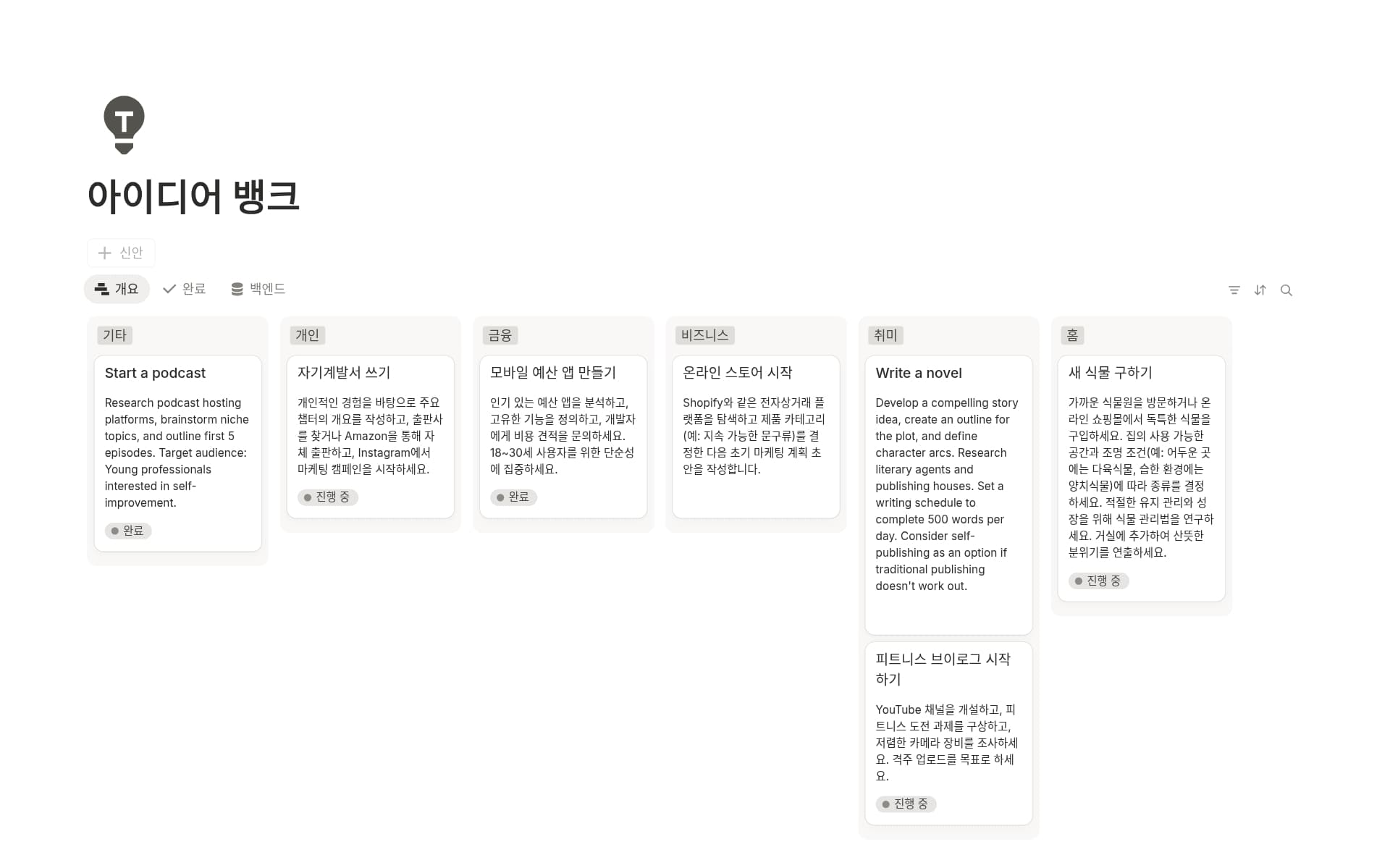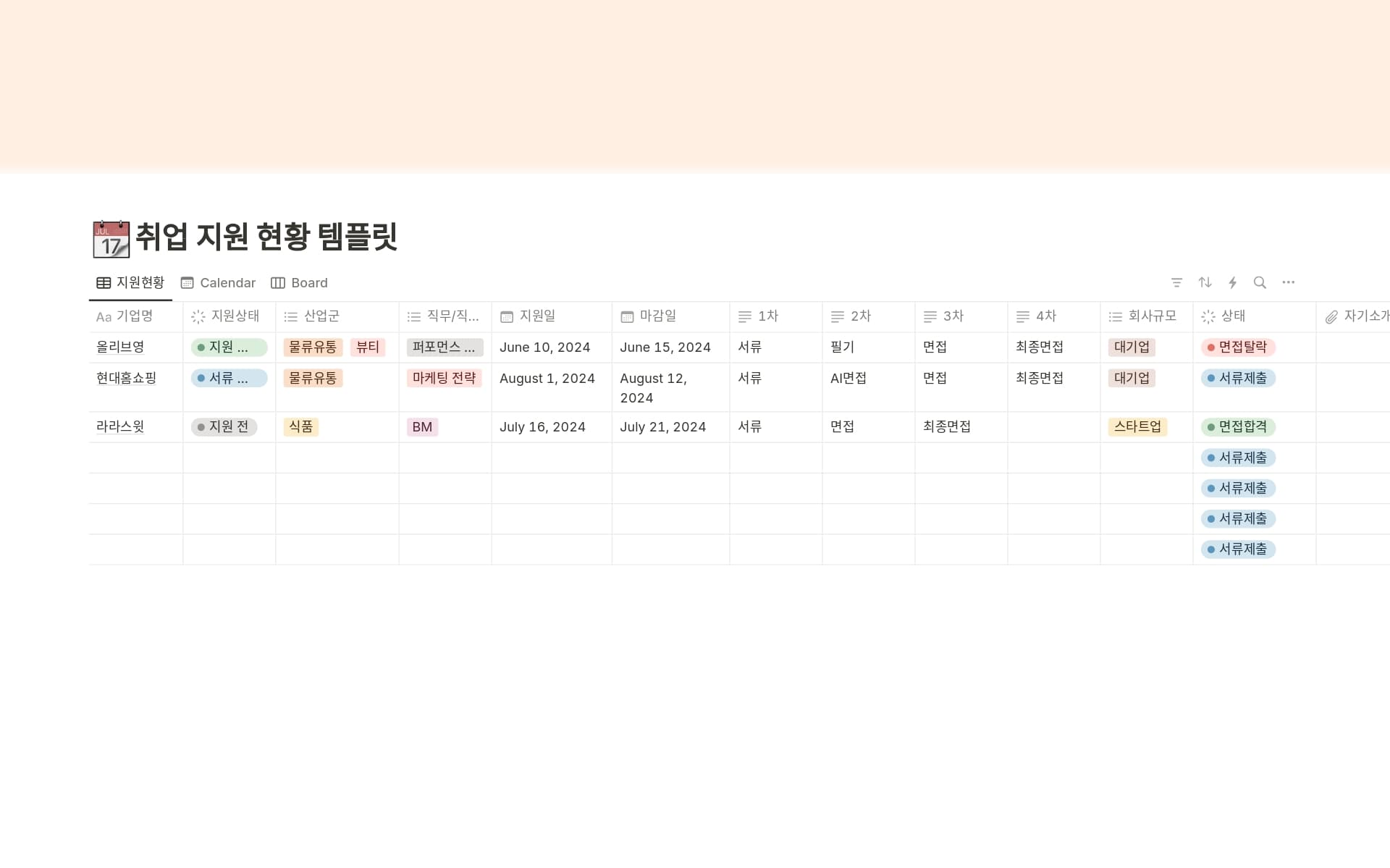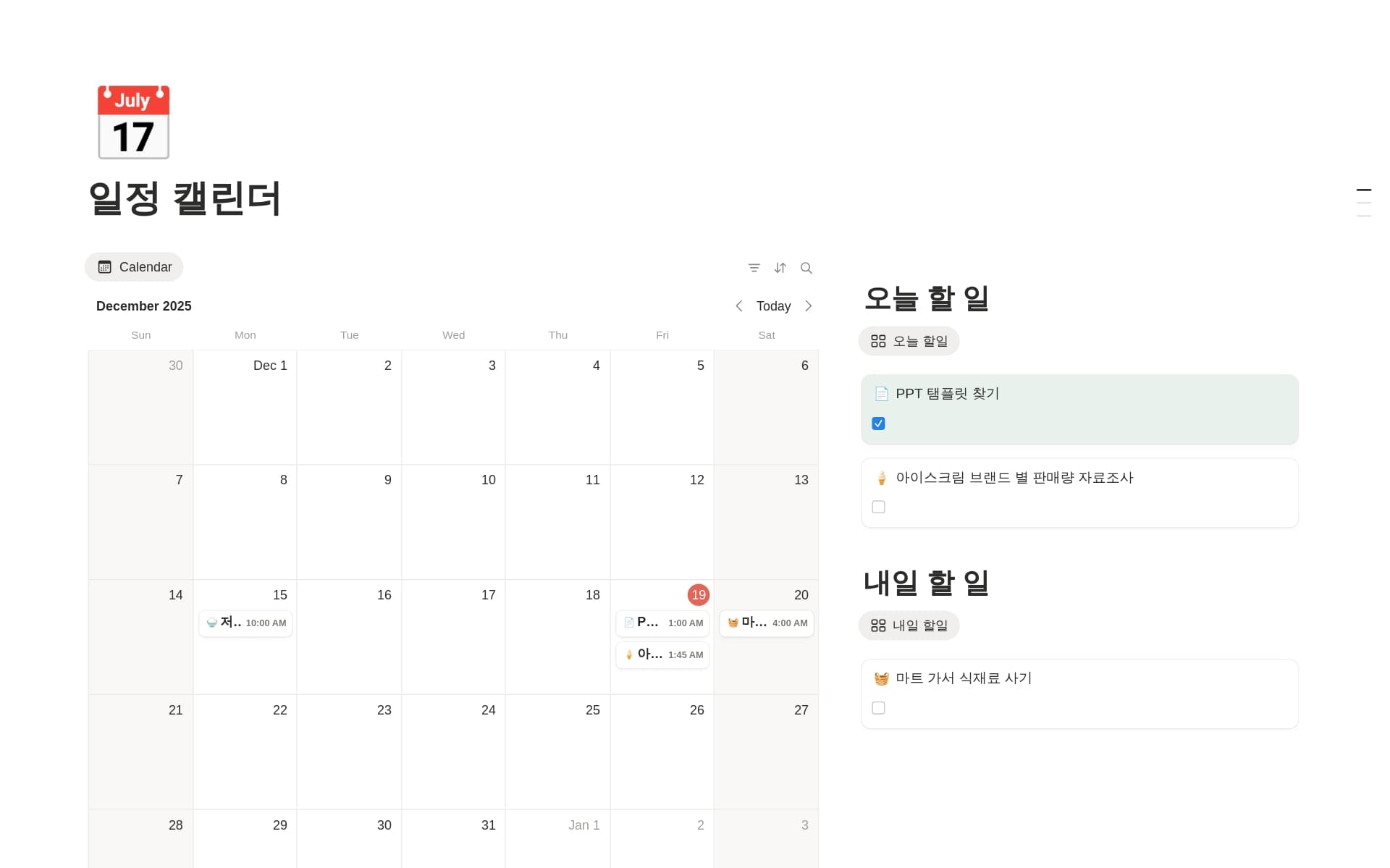For robotics engineers, post-mortem analysis serves as a mirror, reflecting on projects to understand where they soared and where they stumbled. A well-structured Post-mortem Notion template streamlines this reflection process, enabling engineers to systematically dissect projects and extract meaningful insights for future endeavors. Before diving into creating your own Post-mortem template, these exemplary templates provide a solid foundation, easing the way towards more organized and effective project retrospectives.
What Should Post-mortem Templates Include?
Choosing the right post-mortem template is crucial for effectively analyzing project outcomes and learning from them. Here are key components to look for in a high-quality template:
Clear Objectives: The template should clearly outline the goals of the post-mortem, ensuring that all participants understand the focus of the discussion.
Incident Details: It should include sections for detailed descriptions of the incident, including timelines and the impact scope, to provide a comprehensive overview.
Action Items: A section dedicated to actionable steps is essential. This helps in tracking the implementation of solutions to prevent future issues.
Lessons Learned: The template must encourage the documentation of insights gained during the project, which can be invaluable for future projects.
Effective templates foster a culture of transparency and continuous improvement, making them indispensable tools for any robotics engineering team.
What Should Post-mortem Templates Avoid?
Choosing the right post-mortem template is crucial for effectively analyzing project outcomes and learning from them. However, certain elements can detract from the template's usefulness.
Overly Complex Language: Templates should avoid using jargon or overly technical language that can obscure clear communication. Simplicity ensures that all team members can contribute meaningfully.
Irrelevant Metrics: Including metrics that do not directly relate to the project goals can lead to confusion and misinterpretation of the results. Focus on relevant data points only.
Rigid Structure: A template that does not allow customization or flexibility can hinder the analysis process. It should accommodate the specific needs of each project.
Ultimately, the best post-mortem templates are those that encourage clear, relevant, and flexible reporting, enabling teams to learn and improve effectively from each project.




